Of the many cool things you can do in Central America, seeing Mayan ruins is certainly one of the most important to put on your itinerary. While you have many options for this, the ancient site of Tikal in northern Guatemala is one of the best. It has not only incredible Mayan temples, but also an atmospheric jungle setting that feels excitingly remote.
Tikal National Park is a vast archaeological site that dates from thousands of years back. With so much historical importance, of course it’s a UNESCO World Heritage Site and one of the most popular places to visit in Guatemala. So, if you feel like wandering the jungle in search of ancient temples, Tikal is the place to do it.
Naturally, it’s best to embark on an adventure like this with some direction. This guide to Tikal will give you the most important tips for visiting Tikal to ensure a terrific trip.
Brief Background of Tikal
It’s best to have a little background on Tikal to appreciate how truly impressive it is. While it’s now an extensive archaeological site just north of Guatemala City, Tikal was a major city of the Mayans in its time. The history of settlement at Tikal stretches back as far as 1,000 B.C., but the earliest parts of the site date back to the fourth century B.C.
The city was at its most developed from 200 to 900 A.D., but it was abandoned shortly after that, gradually becoming lost to the immense Guatemalan jungle. Although locals remained aware of its existence, it wasn’t fully surveyed until the mid-19th century. Today, Tikal is one of the best archaeologically understood sites in Central America.
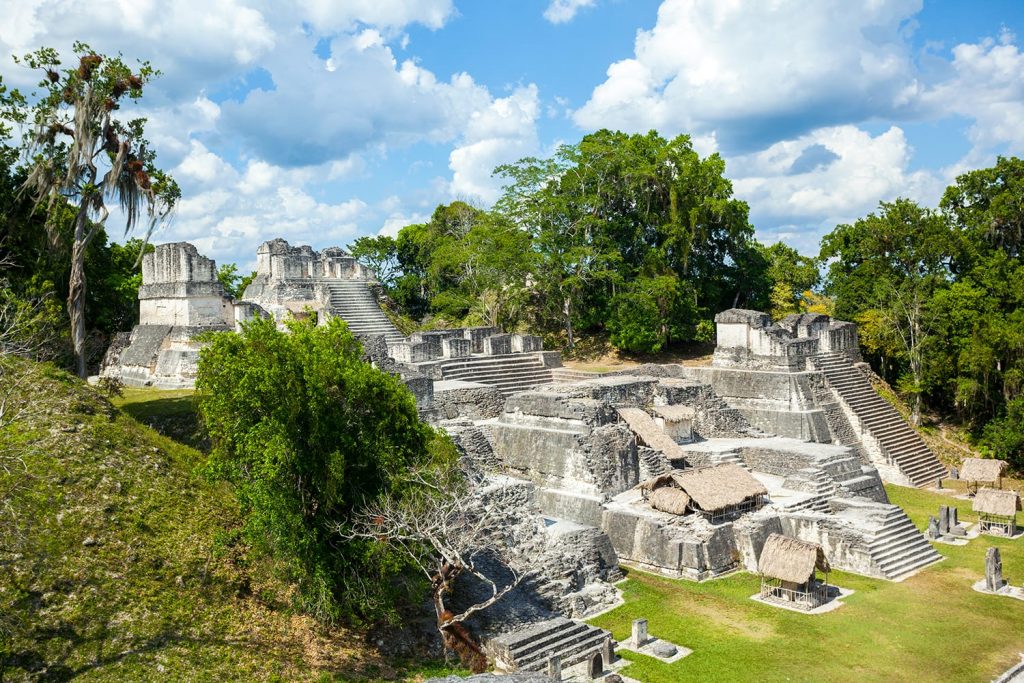
Best Time to Visit Tikal
To make the most of your trip to Tikal, you should consider factors such as the timing of your visit. Of course, you’ll spend a lot of time outdoors at Tikal, so you want the best weather possible. Avoiding crowds is ideal too, helping you appreciate the remote atmosphere and save a little on room rates.
Guatemala experiences two general seasons – the rainy season and the dry season. You probably don’t want to visit during the rainy season, which runs from May to October, as showers regularly start in the afternoon and last for hours. Tikal also gets quite humid at this time of year, making your visit all the more taxing. On the other hand, Tikal is at its hottest in the dry season, especially in April and May.
The other factor to keep in mind is the crowds of the high season. Guatemala’s high season is December through March, peaking in the weeks on either side of Christmas and Easter. Greater demand for accommodation at these times means prices are likely to be higher than at other times. All of this means that the best time to visit Tikal is February and March, when the weather is a little cooler and drier, and accommodations are slightly more affordable.
How Long to Visit Tikal
Another key factor in planning a trip to Tikal is how long to spend there. You can easily explore the ruins in a day, so most people visit on a day trip from nearby Flores. The park is open from 6 a.m. to 5 p.m. daily, but you can enter at 4 a.m. if you visit on a sunrise tour.
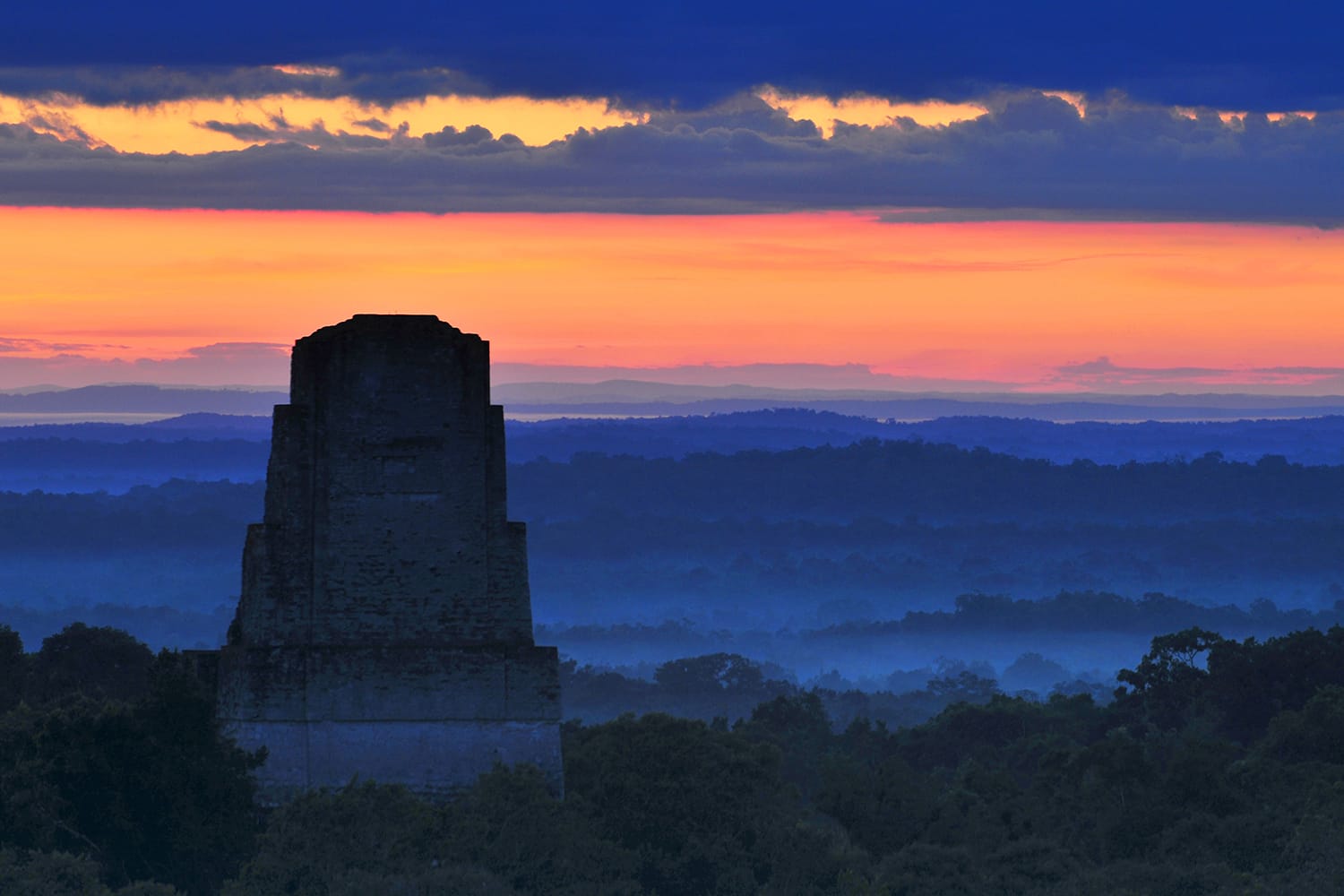
Cost of Entrance to Tikal
To visit Tikal, you’ll pay a general entrance fee of 150 Guatemalan quetzals (roughly $19) – or 250 GTQ if you take a sunrise tour. To visit Uaxactun as well, you’ll pay another 50 GTQ. The entrance kiosk takes cash only, and there are no ATMs around, so make sure to bring enough money.
How to Get to Tikal
Given its remote location in the jungles of Petén, you need to understand how to get to Tikal when planning your trip. As Tikal is in northern Guatemala, not far from the border with Belize, you have a few options for where to base yourself.
Most visitors travel to Tikal from the closest town, Flores, though some visit from San Ignacio in Belize. Public transport is really only an option if you come from Flores. Chicken buses run fairly regularly, with the first bus leaving for Tikal at 3:30 a.m. and the last bus returning to Flores at 5:30 p.m. The travel time between Flores and Tikal is roughly 1.5 hours.
The most popular option for getting to Tikal is to go with a tour. While many tours to Tikal include a guide, some provide the option for you to pay only for the shuttle there and back, leaving you to your own devices during the day.
A tour from Flores is the most common route, but some leave from cities in Belize, such as San Ignacio and Belize City. Some tours even fly you from Guatemala City to Tikal as a day trip.
If you visit Tikal from Flores, we highly recommend this full-day tour with lunch. The guides speak good English and are very knowledgeable and passionate about Tikal.
How to Get Around Tikal
Getting around Tikal is quite straightforward, as the temples are linked by walking paths. Unless you prefer to wander aimlessly, though, a map will come in handy. If you don’t go with a tour, maps cost 20 GTQ, or you can take a photo of the site map on your phone as you enter the park.

Where to Stay in Tikal
Your main options for bases in Guatemala are Flores and a few places right outside the entrance to the archaeological site. Flores is accustomed to Tikal visitors using it as a base, so it has more accommodations and conveniences. On the other hand, if you want to see a Tikal sunrise, you should consider staying as close to the temples as possible.
Staying in Flores
Lake Petén Itzá’s island town of Flores is a common stop for tourists passing through Guatemala. In other words, even though it’s small, you’ll find plenty of accommodations here.
You don’t have to spend a lot for the island’s nicest places, as Hotel Isla de Flores proves. This four-star hotel provides everything you need for a pleasant stay, including spotless rooms, lake views, and even a rooftop pool.
An even better balance of budget and comfort is Hotel Villa del Lago. This reasonable midrange hotel has all the amenities you could need, such as Wi-Fi, hot water, air conditioning, and laundry machines.
There’s no shortage of cheap places to stay in Flores, but a particularly clean and friendly option is Casa Ula Hostel. Its dorms and private rooms are both nice places to crash after a long day out at Tikal.
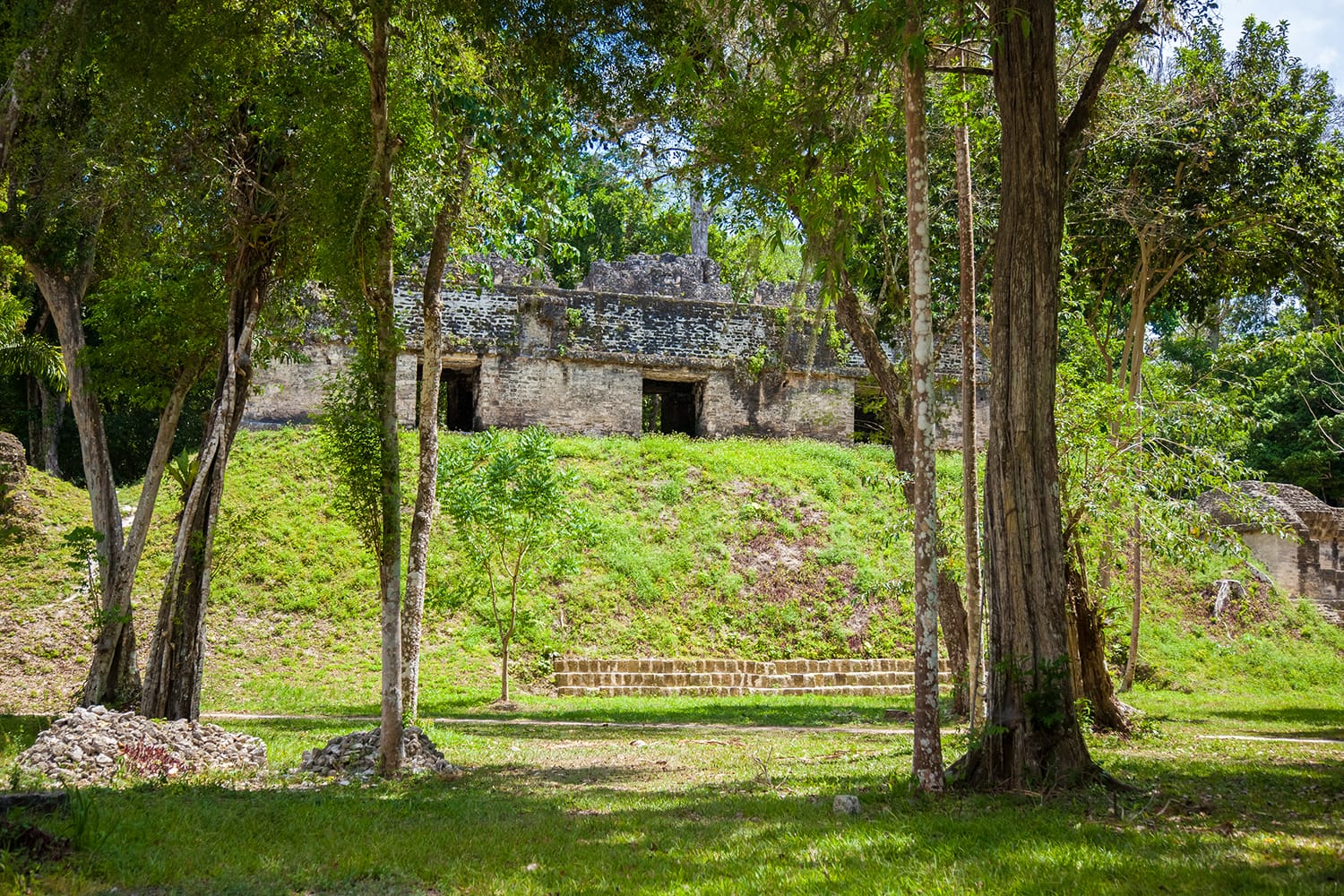
Staying at Tikal
You have only a few options close to the temples of Tikal, but they might be your best bet if you want to enter the park before sunrise.
With its combination of class and local inspiration, you’re sure to feel comfortable at the refined Jungle Lodge Hotel. Each private bungalow features a modern bathroom and fans to keep you cool.
Another hotel right by the park entrance is the Hotel Jaguar Inn Tikal. With friendly service, clean rooms, and an on-site restaurant, you’ll have all you need for your stay at Tikal.
The campground by the entrance is another good option, particularly for budget travelers. You can either bring your own tent or rent a covered hammock, but take the weather into account before choosing this.

Tips for Visiting Tikal
We’ve covered a lot of advice for visiting Tikal so far, but we’ve got a few more tips to help you make the most of your time there.
Guide or No Guide
A big decision for your visit is whether to have a guide show you around, explaining the history of Tikal as you go. While it always depends on the quality of the guide, they’ll generally help you fully understand the site’s significance and make exploring easier. The trade-off is less freedom to spend more time at certain spots.
Timing Your Visit
If you have any say over what time you visit, start exploring Tikal early in the morning. This way, you’ll beat the harsh afternoon heat in the dry season or the afternoon showers in the wet season. The site is also likely to be quieter in the morning, which is always nice.
Climbing Temples
It’s possible to climb some of the pyramids, which is common for Central America’s archaeological sites. This can be a wonderful experience, letting you appreciate the temple in a new light and enjoy splendid views from the top. Just take caution, as the steep staircases often don’t have railings. Also, never climb temples that have signs telling you not to! These restrictions are often there for reasons of safety or preservation, so follow all sign postings.

Things to Pack
Even if you just go for the day, you should pack thoughtfully for your visit to the park. Your passport is essential, as you can’t get in without it. Also, refreshments are expensive in Tikal, so pack food or snacks and plenty of water. Don’t forget that you’ll spend the day outside at the mercy of the sun and the jungle, so you need to bring insect repellent, a hat, sunscreen, and good walking shoes.
Best Things to Do in Tikal
With the logistics covered, let’s talk about the places you should see while exploring Tikal. Rather than providing a fixed course through the archaeological site, we’ll explain the main sights and things to do in Tikal. This way, whether you’re with a guide or on your own, you’ll know what you definitely shouldn’t miss among the site’s many structures.
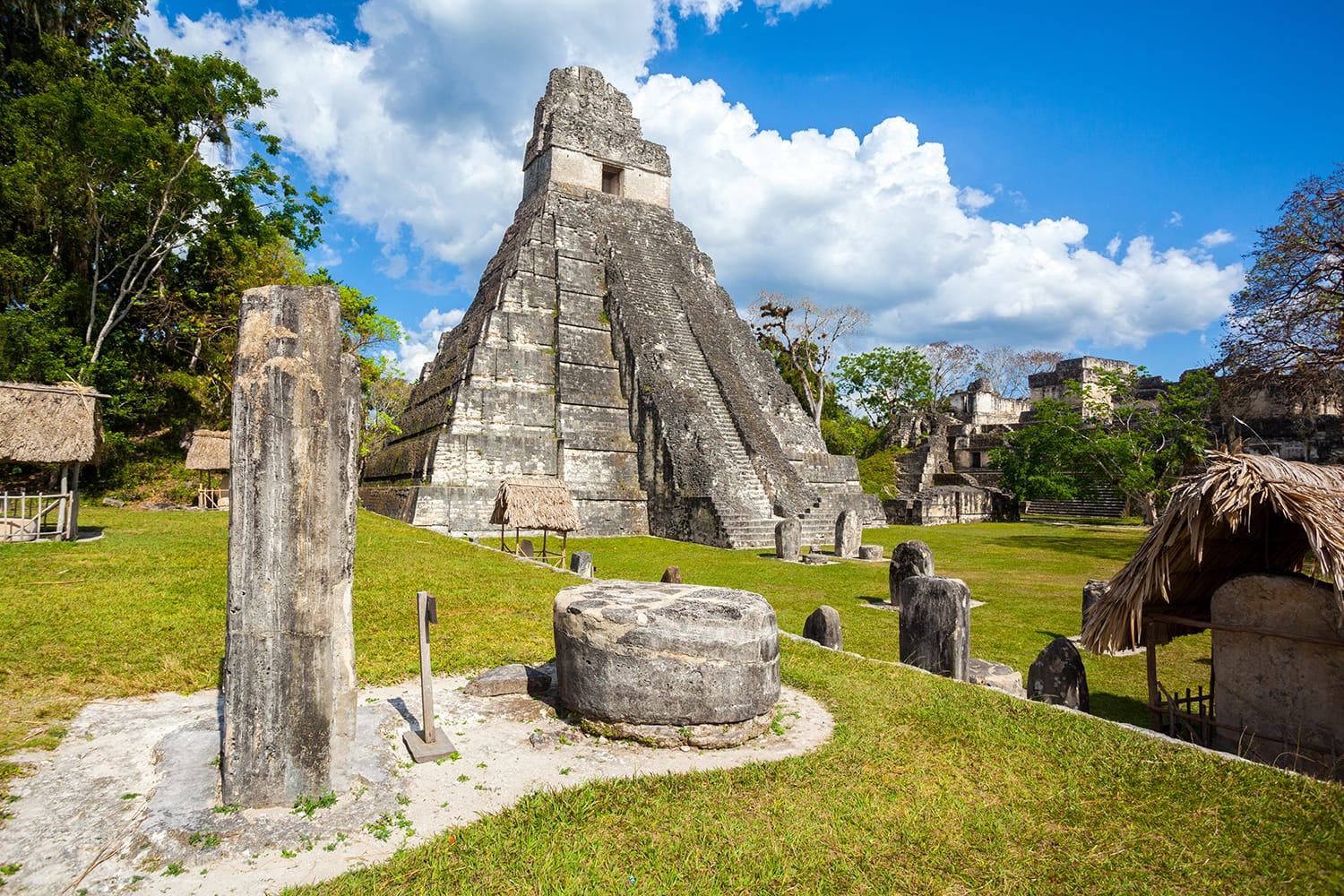
Grand Plaza
The most important stop on any Tikal itinerary is the Grand Plaza. Once the central square of the city, this is the easiest place to imagine the bustling ancient Tikal. At opposite ends are the towering Temple I and Temple II. On the two other sides of the plaza stand the North Acropolis and the Central Acropolis.
Temple I (or the Temple of the Great Jaguar) stands 47 meters high. It was finished around 750 A.D. as a tomb for King Jasaw Chan K’awiil I, and many artifacts have been recovered from within it. Temple II (or the Temple of the Masks) is a little shorter at 38 meters and a little older, having been finished around 700 A.D. What really sets Temple II apart is that you can climb it for great views of the Grand Plaza. You can also explore both acropolises to see the plaza and the two temples from new angles.
Temple IV
While climbing any of the temples involves some steps, none can compete with the workout you get from Temple IV. Standing 70 meters high and towering over the surrounding trees, this is Tikal’s tallest pyramid. In fact, it’s the largest Mayan pyramid of its time and the tallest pre-Columbian structure still standing. Unlike some other temples, it isn’t all that steep or tricky to climb – it’s just a long way up!
Besides the thrill of hiking up an ancient pyramid, Temple IV is most popular for the views from the top, so you’ll find plenty of people marveling along with you up here. The view isn’t just of treetops; you can actually see several other Tikal temples poking out. This viewpoint even featured in Star Wars: A New Hope.

Temple V
The greatest pyramid reveal comes when you reach Temple V. One moment, you’re walking along a trail surrounded by trees; the next, a clearing with a giant temple appears out of nowhere. At 57 meters high, this is the second-tallest temple of Tikal. Like Temple II, Temple V dates back to around 700 A.D.
Temples III and IV
Temples III and IV were two of the later temples to be built in Tikal, dating back to 810 and 741 A.D., respectively. Temple III (or the Temple of the Jaguar Priest) is such a steep and solid structure that it almost seems more like a carved rock than a human-made structure. Temple IV is often referred to as “the Temple of Inscriptions,” thanks to the hieroglyphs lining its roof comb.

Lost World Pyramid
The other plazas and temple complexes throughout Tikal tend to get less attention from tour groups than the ones we’ve covered so far, but they’re just as fascinating (and quieter to boot). A perfect example is the Lost World Pyramid in the Mundo Perdido complex, one of the oldest structures in Tikal. Its final form, now covered in vegetation, dates back to the fourth century and stands almost 100 meters tall, with a viewing platform at the top.

Wildlife
As you visit these temples, you’ll be taking paths through prime Guatemalan jungle, so you have a decent chance of spotting wildlife. If you’ve visited other Mayan ruins in Central America, you probably already know that you can bet on seeing – or at least hearing – howler monkeys here. A little quieter are the spider monkeys, which you can also see in Tikal.
Of course, monkeys aren’t the only creatures you could see. You might spot the vibrant beaks of toucans in the trees. A little harder to spot are the coatimundis, raccoon-like animals with white noses. You’d have to be exceptionally lucky to spot the notoriously elusive jaguars – but hey, you never know!
You now have a comprehensive guide to visiting the ancient ruins of Tikal in Guatemala. You’re sure to be amazed by this incredible heritage site!
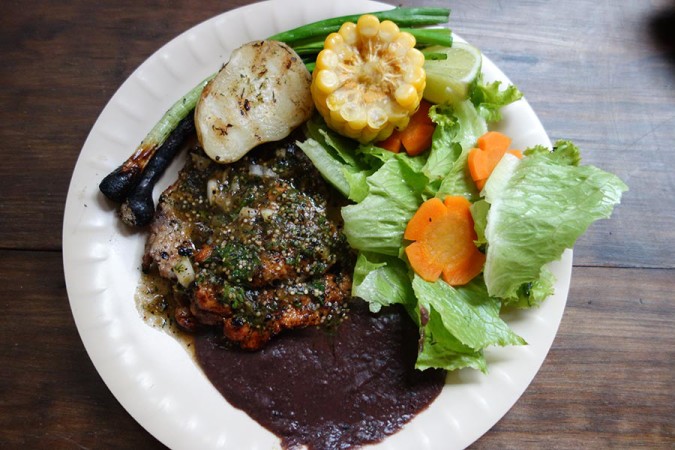
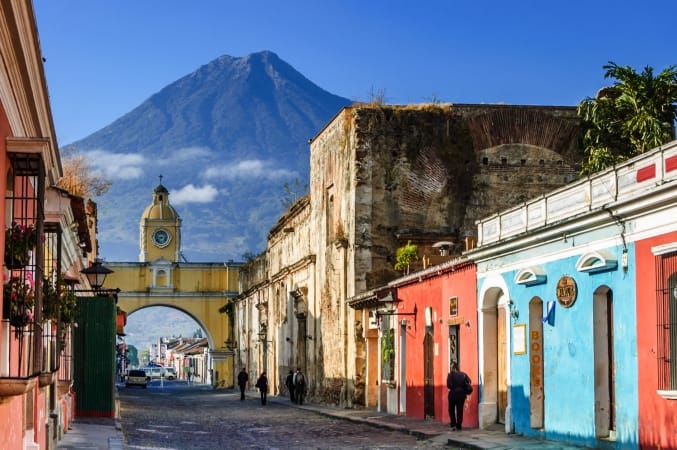
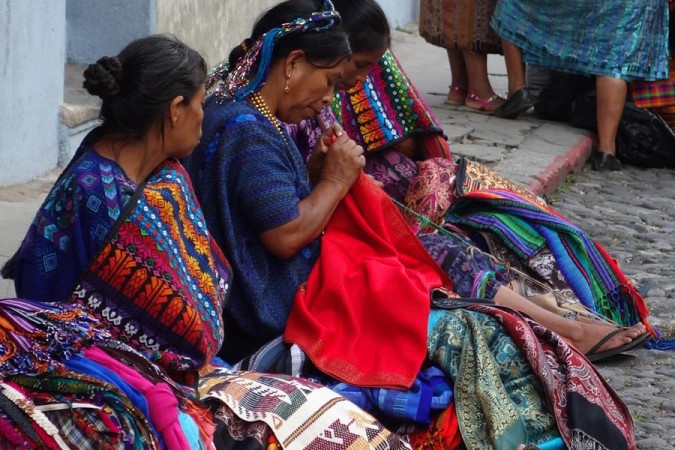
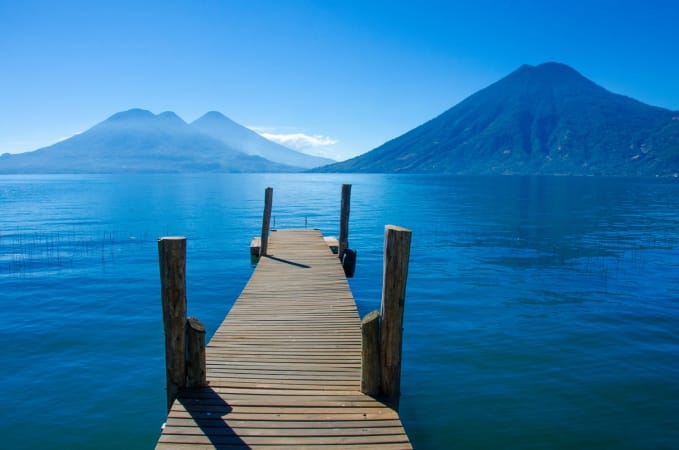
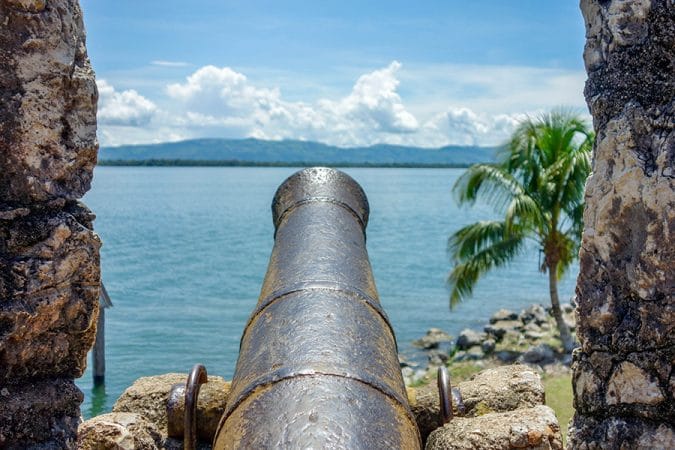

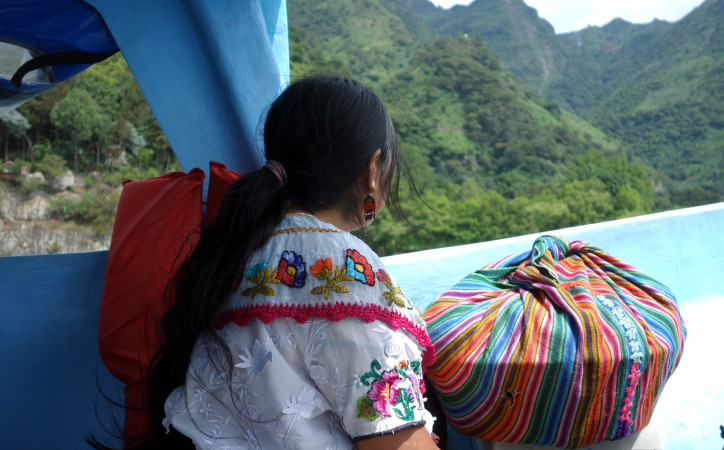
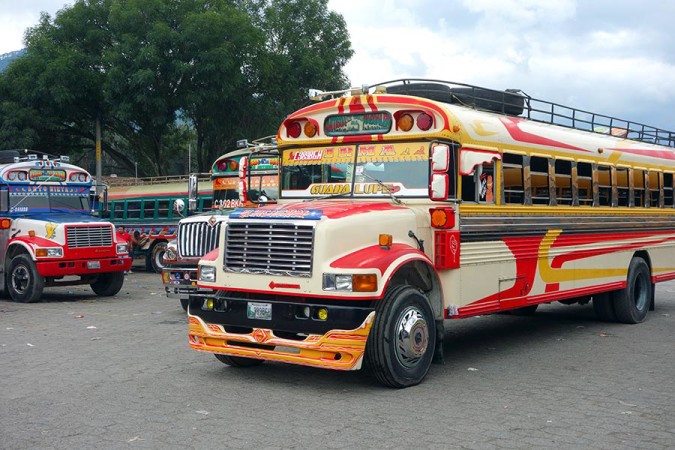
Comments